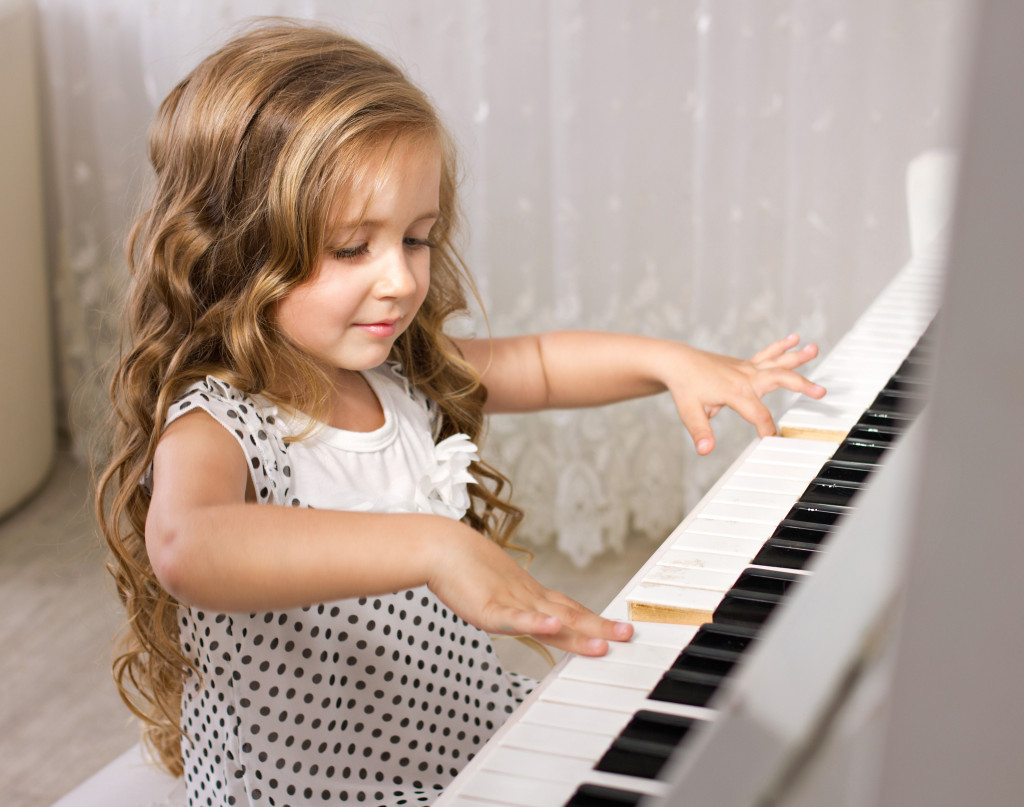The history of education in America is filled with watershed moments that have defined an entire nation. From access to computers and other kinds of technology to racial equality and secondary learning, few areas of society have seen such a dramatic transformation in the last two hundred years.
As we keep that in mind, let us look at some of the most important moments in American educational history.
Online Education
If you have ever taken an online course from a prestigious university or other educational institution, you probably know how advanced their teaching tools are. Many of these schools use cutting-edge services in web development and video conferencing platforms that allow for smooth navigation, speed, flexibility, mobile optimization, and a seamless, interactive user experience.
But it wasn’t always the case. The first online educational programs of the late eighties and nineties were a far cry from the state-of-the-art systems the vast majority of students around the world enjoy today. Still, their importance cannot be undermined. Without their extensive chat and message forums, huge libraries, and file transfer mechanisms, today’s modern practices would have never existed.
Kindergarten

Have you ever wondered where the word kindergarten comes from? And if so, do you know why it is spelled with a T instead of a D? If you are one of the few who is aware of the etymology behinds this term, you probably know that it stems from the German word kinder, meaning children, and garten or garden in English.
While every English-speaking person in the world knows what kindergarten means, not many are familiar with how it became part of modern American educational language. As history would have it, it was a German immigrant, Margarethe Schurz, who was responsible for establishing the first school for little kids in Watertown, Wisconsin, in 1856. The rest, as they say, is history.
The Montessori System

Different kids learn in different ways. While some might be visual learners, others might gain information and knowledge through a spatial, musical, or written way. As such, parents and educators must understand that a global, all-encompassing educational approach is oftentimes not the best way to teach children. It is especially true at the earlier stages of their physical and cognitive development.
In the 21st century, this is common sense, and few would argue against it. Yet, a little over 100 years ago, the concept of specialized, independent learning seemed more like a far-fetched idea than a realistic, scientific perspective on learning.
Luckily, an Italian lady by the name of Maria Montessori came along and revolutionized the entire industry with her views on self-learning and unconventional measures on achievement.
Inclusive Education
Like water, food, and shelter, education is a basic right all human beings should enjoy. Whether you are Chinese, French, Australian, or British, your nationality or skin color should not factor in determining whether you have access to it.
Still, even if slavery in the United States was abolished by the great American former president Abraham Lincoln in 1865, it was almost exactly a century later that segregation was formally outlawed in this great nation.
What the Civil Rights Act of 1964 did for people of color in America was not only give them the chance to study the same subjects as their Caucasian counterparts but also provide the framework for modern societies of inclusiveness and respect for our differences with others.
Standardization
When it comes to education, the concept of standardization can be defined in two ways. The first one is the creation of a generally accepted set of standards of learning for all students based on age. The second entails comparing the achievement of these standards among a large population.
For instance, at eight years old, a child should know how to add, subtract, and make simple multiplications and divisions. It is the standard and can be measured compared to other children both in his school and others.
The true value of standardization is that it creates a measuring stick for all schools within a city, region, or country to aim at. And in doing that, it promotes the constant improvement of how educational institutions teach their students.
Five of the most important moments in American educational history are the beginnings of online education, the birth of kindergartens, Maria Montessori and her principles on learning, racial inclusiveness, and the standardization of school subjects. Others include the first secondary educational institutions, the recent STEM learning system, and physical education classes.
As we continue to learn more about what we should study and how to do it, one is left to wonder about the changes that will happen next. One thing is for certain. No matter the circumstances, education will always stand firm as the foundation of society.







